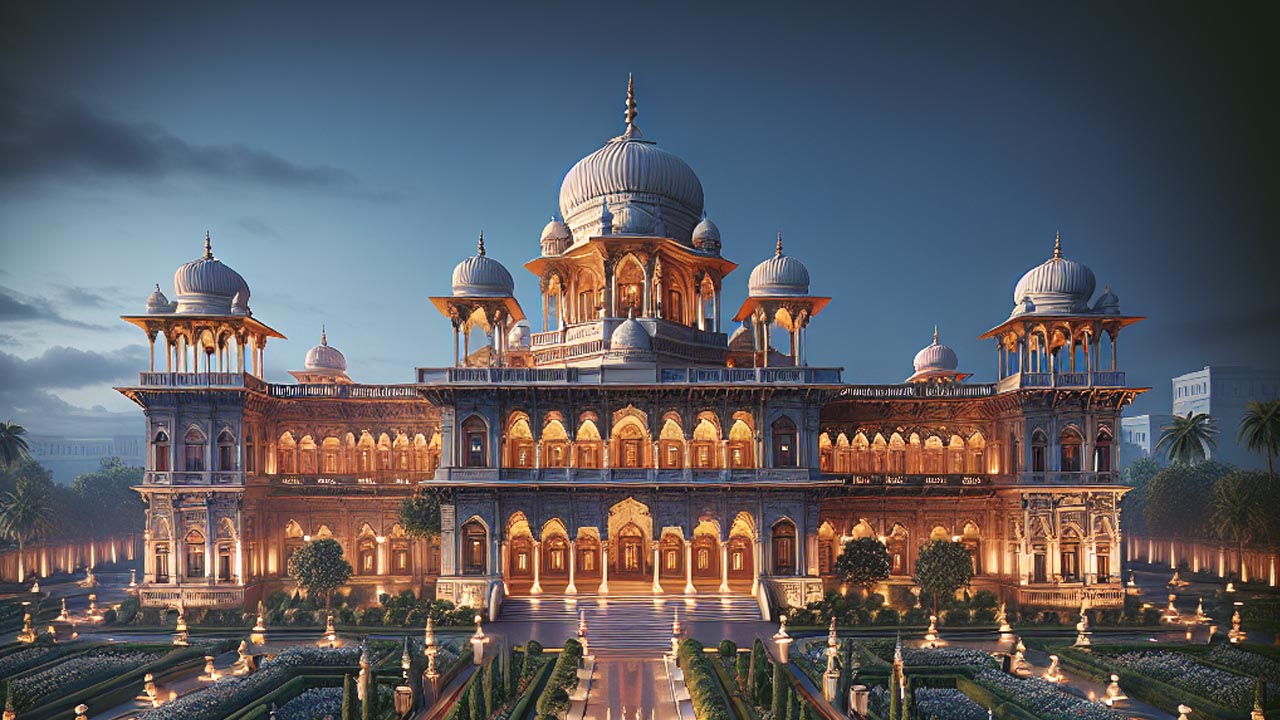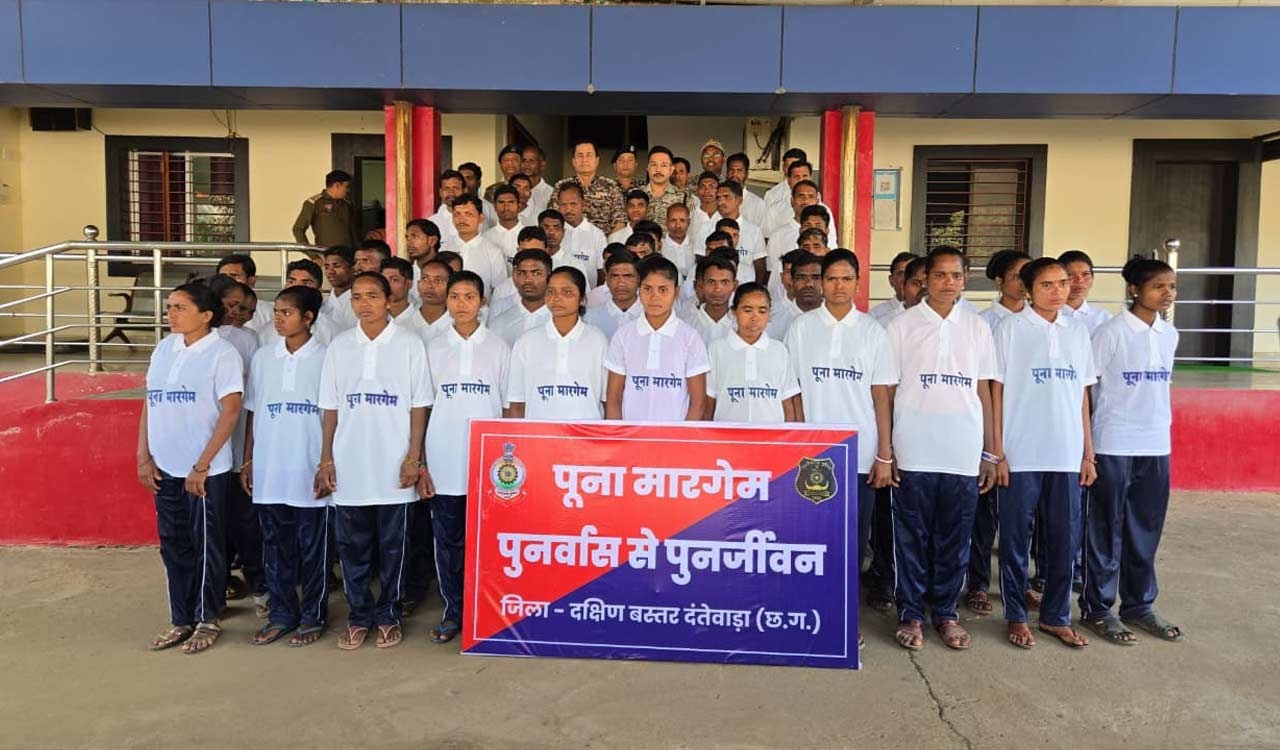Introduction of New Names
On Thursday, the Rashtrapati Bhavan, the official residence of the President of India, renamed its historic ‘Durbar Hall’ and ‘Ashok Hall’ to ‘Ganatantra Mandap’ and ‘Ashok Mandap’, respectively. The President’s Secretariat emphasized that this change aligns with the ongoing efforts to make Rashtrapati Bhavan more accessible and reflective of Indian cultural values.
Durbar Hall to Ganatantra Mandap
The ‘Durbar Hall’, now ‘Ganatantra Mandap’, is renowned for its historical significance, being the site of the swearing-in ceremony of Independent India’s first government. Originally known as the Throne Room, it also witnessed C. Rajagopalachari’s oath as the Governor-General of India in 1948.
This hall serves as the venue for swearing-in ceremonies of incoming governments, additions to the Council of Ministers, and the Chief Justices of India. It also hosts Civil and Defence Investiture Ceremonies and the presentation of national awards.
The President’s Secretariat explained the renaming by noting that the term ‘Durbar’ referred to courts and assemblies of Indian rulers and the British, which lost relevance after India became a Republic. The concept of ‘Ganatantra’ is deeply rooted in Indian society, making ‘Ganatantra Mandap’ an appropriate name.
Ashok Hall to Ashok Mandap
‘Ashok Hall’, now ‘Ashok Mandap’, is one of the most ornately decorated rooms in Rashtrapati Bhavan. Historically used as the State Ballroom, it now hosts important ceremonial functions, including the presentation of credentials by foreign Heads of Missions and formal introductions for visiting and Indian delegations before State Banquets hosted by the President.
The renaming to ‘Ashok Mandap’ is significant due to the multiple meanings associated with the word ‘Ashok’. It connotes someone ‘free from all sufferings’ and is linked to Emperor Ashok, a symbol of unity and peaceful coexistence. The national emblem of India, the lion capital of Ashok from Sarnath, and the Ashok tree, significant in Indian religious traditions and arts, further underscore the name’s cultural importance.
Cultural Significance and Uniformity
The renaming of these halls reflects an effort to remove traces of anglicisation while upholding the key values associated with the new names. The President’s Secretariat highlighted that this change brings uniformity in language and resonates with India’s rich cultural heritage.
The statement emphasized Rashtrapati Bhavan as a symbol of the nation and an invaluable heritage for the people of India. Continuous efforts are made to make its ambiance reflective of Indian cultural values and ethos, ensuring that it remains accessible and representative of the nation’s identity.
These renaming efforts are part of a broader initiative to align the heritage sites of India with the country’s cultural and historical roots. By adopting names that resonate more deeply with Indian identity and values, Rashtrapati Bhavan continues to honor its legacy while evolving to reflect the aspirations of modern India.
(With inputs from agencies)








